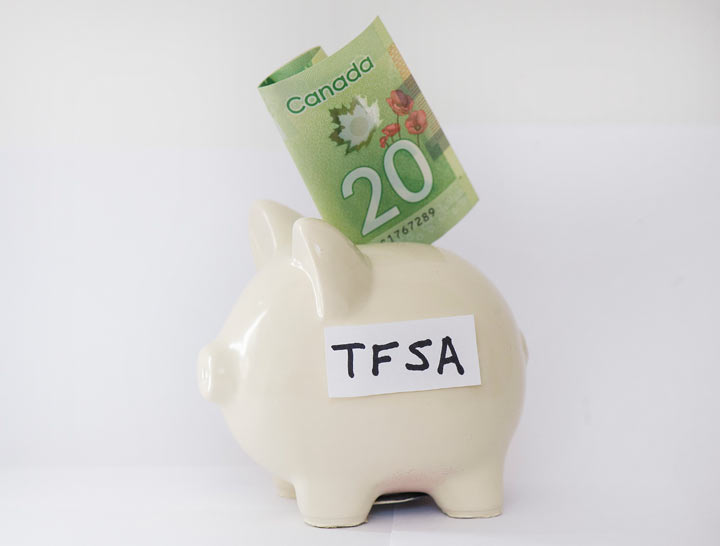TORONTO – Tax-free savings accounts: A great way to pay less tax on your savings, but also a program that more than 50,000 Canadians are doing wrong.

That’s how many people the Canada Revenue Agency (CRA) warned earlier this year that they’re facing a one per cent tax penalty on over-contributions–depositing more money in a tax-free account than they’re legally allowed. Many of those people were likely under the impression they were following the rules.
Read below for the dos and don’ts of TFSAs, and some examples of how to calculate what you’re allowed to put in and take out.
1. Don’t go over the maximum contribution amount
This is the maximum you’re allowed to contribute to a tax-free savings account since they were launched in 2009. It applies to people who were at least 18 years old that year.
| 2009 | $5,000 |
| 2010 | $5,000 |
| 2011 | $5,000 |
| 2012 | $5,000 |
| 2013 | $5,500 |
| 2014 | $5,500 |
So if you don’t yet have a TFSA and you were born before 1992, you can contribute a total of $31,000.
If you’re at the maximum total contribution amount and you go over the allotted amount per year, the CRA will impose a tax of one per cent per month for each month (or part of a month) that the excess money is in the account. You’ll keep getting taxed until you withdraw the excess amount, or if it’s absorbed by extra contribution room in later years.
See examples from the CRA of tax payable on excess TFSA amounts
2. Do keep track of your contribution room each year
Keep track of your how much contribution room you have through the financial institution holding the TFSA – it will report your contributions and withdrawals.
3. Don’t go over the total contribution allowance if you open more than one TFSA
You are allowed to open more than one TFSA, but the total contributions to all accounts is the same as it would be if you only had one account (i.e. $31,000 if you’ve reached the maximum amount each year up to 2014).
4. Do fill out the proper tax forms if you go over the maximum
For any year you need to pay the one per cent tax because of an excess TFSA amount, you must complete and file two forms by June 30 of the year following the calendar year in which the tax arose.
Those papers are Form RC243, Tax-Free Savings Account (TFSA) Return, and Form RC243-SCH-A, Schedule A -Excess TFSA Amounts.
5. Don’t replace TFSA contributions that you’ve withdrawn until the next calendar year
This is where many people get confused.
Withdrawals from your TFSA don’t reduce the total amount of contributions you’ve already made for the year—so think of that $5,500 per year (as of 2013) as the total amount you can put in for the calendar year, no matter what you take out.
So if in January 2014, you have a TFSA with the maximum total contribution of $31,000, and you decide to withdraw $6,000 in June 2014, you have to wait until at least January 1, 2015 to replace the $6,000. If you do it before then, you will be taxed one per cent by the CRA until you withdraw that extra cash.
See the CRA’s examples of making and replacing withdrawals here


Comments